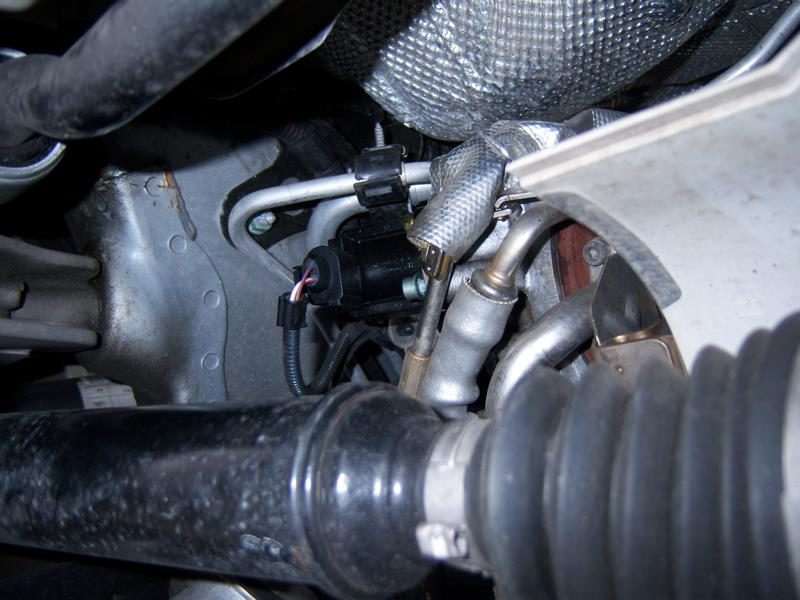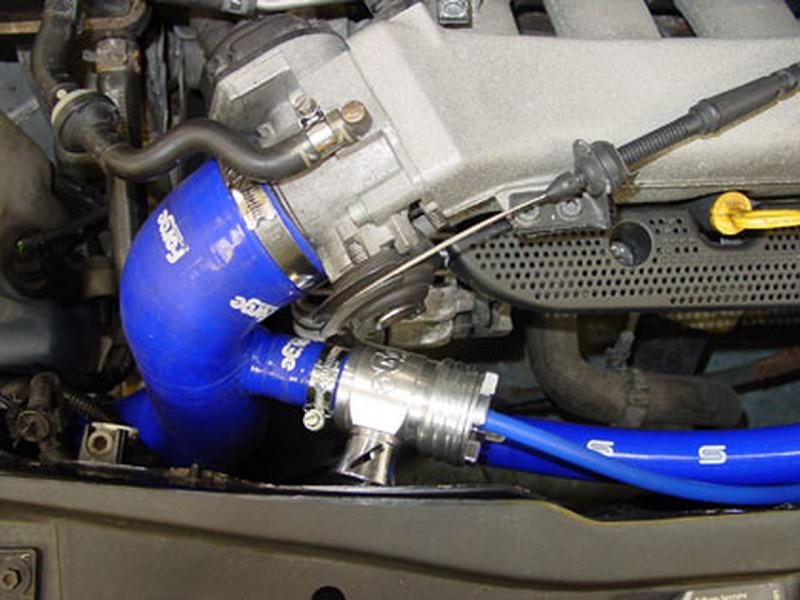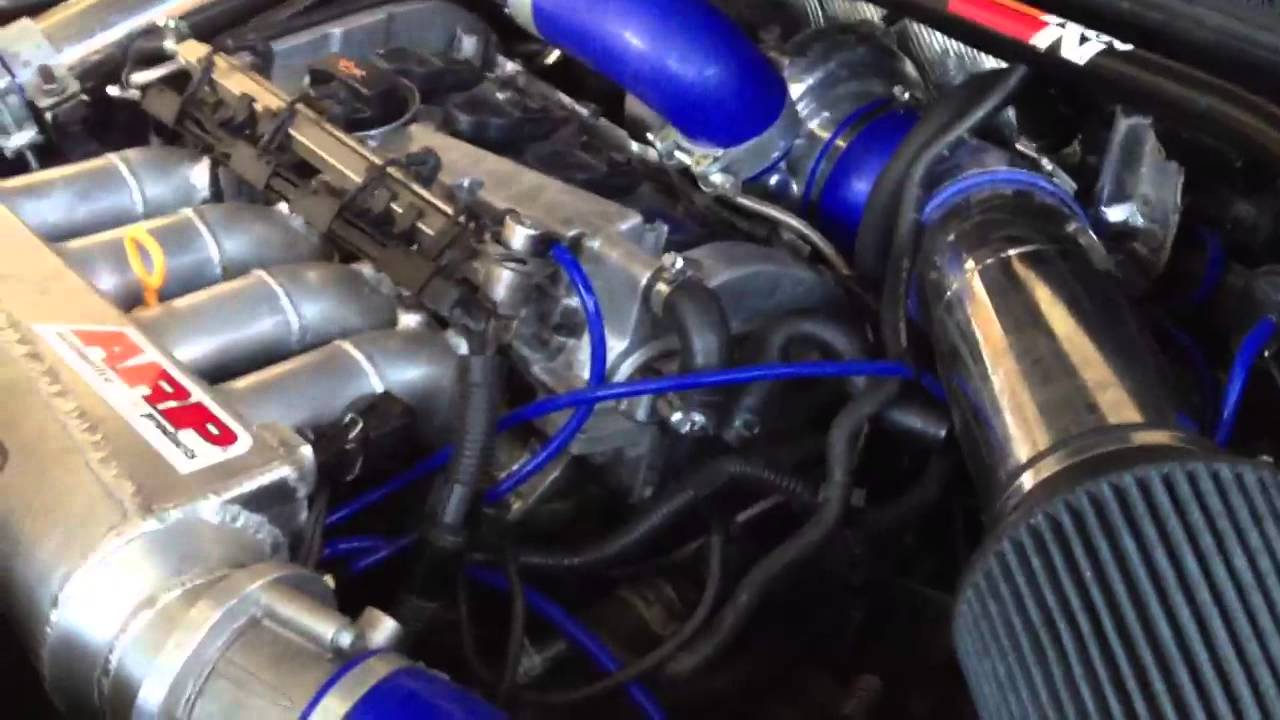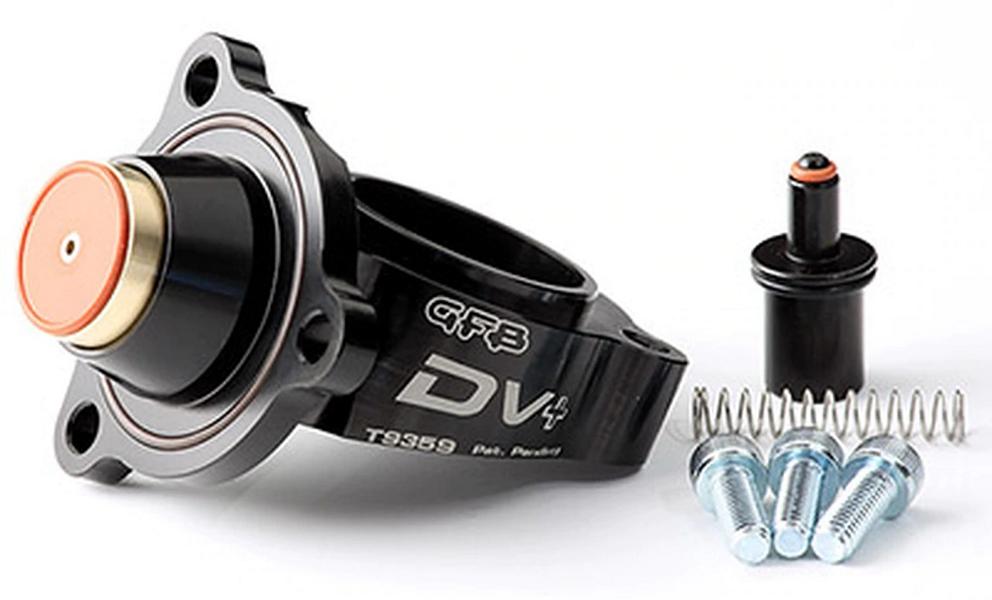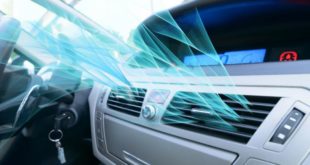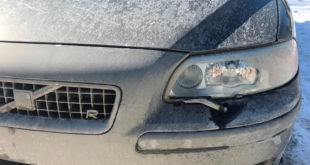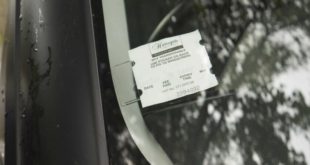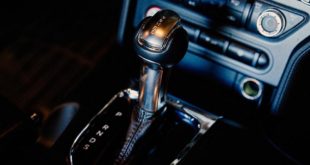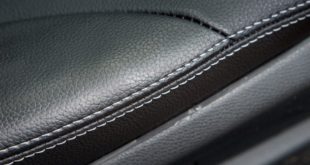Pneumatically operated diverter air valves or blow-off valves are usually found in turbo engines. These can be supplemented by an electrically operated diverter valve as part of the tuning on the engine. This can be used to remedy or reduce the weakness of a vehicle with a turbo engine.
Turbo lag can be reduced
A turbo engine works on the principle that the fresh air drawn in is charged via a compressor driven by the exhaust gas flow. The mixture preparation is fed under pressure. With a pneumatically operated diverter valve, however, there is often complaint about the so-called turbo lag, i.e. the unpopular approach weakness. The pneumatically operated diverter valve ensures that the compressor is kept at speed and that the full boost pressure is available again when it accelerates. As part of the tuning, a pneumatically operated diverter valve can be replaced with an electrically operated one. Thanks to this new valve, the problem of turbo lag does not arise or at least it is significantly reduced.
Tuning is often only necessary for older models
It is not necessary to make this modification on all car models by installing such an auxiliary valve. This is because an electric valve is often already installed in car models of recent construction that have a turbo engine. However, this varies from manufacturer to manufacturer. Also, not all car manufacturers have installed such valves from a certain year of construction. That also varies from manufacturer to manufacturer. Audi, for example, started doing this in 2004. Only those who have an older car model with a turbo engine should check whether the replacement of the diverter valve is necessary and possible. This means that, in newer car models with a turbo engine, an electrically operated diverter valve may already be available, depending on the manufacturer and the year of manufacture.
the exchange has several advantages
Anyone who drives a car model without an electric diverter valve can, of course, replace it with an electrically operated one as part of the tuning. The exchange has several advantages in addition to the fact that there is no longer any turbo lag. In the future, the replacement will prevent the pneumatic diverter valve from jamming every now and then and not always working precisely. This is a shortcoming, especially for engines with over 110 kW of power, which is always complained about. By replacing the pneumatically operated diverter valve with an electrically operated one, the problem of greatly reducing the compressor speed in overrun mode is also solved if the pneumatic diverter valve opens too late. In addition, there is no loss of charged air, which is simply glided past the throttle valve. This is the case if the pneumatic diverter valve opens too early. However, the tuning does not bring more power. However, performance losses are prevented.
electric diverter valve from the factory
An electrically operated diverter valve requires fewer components if it is built into the turbocharger. The system is also significantly more compact. In addition, the often susceptible pneumatic lines, the vacuum accumulator, the check valve and the electric switchover valve are a thing of the past. The valve can be controlled directly and switching times are a good 70% shorter. This is very effective, especially with a rapid load change. There are a few conversion sets. The electric diverter valve usually works without changing the software of the engine. The electric SUV makes it possible to completely remove the vacuum system. If the secondary air system is retained, the timing valve must be attached elsewhere. At least that's true of the popular 1.8T 20V from VW.
Alternative made of aluminum
A pneumatic air recirculation valve is a relatively imprecise component. When tuning, we therefore replace the standard valve, often with one made of aluminum. We hope that the info report on the topic / term Diverter valve (further names / keywords :, boost pressure valve, changeover valve, auxiliary valve, boost pressure control valve, shut-off valve, SUV, snap valve) from the field of autotuning. Our goal is that the largest German-language tuning dictionary (Tuning Wikipedia) and to explain tuning terms from A to Z easily and understandably. Almost every day we expand this lexicon and how far we are, you can HERE see. Soon the next one will be Tuning scene concept be illuminated by us. By the way, you will be informed about new topics if you have ours Feed subscribe to.
Below are a few examples from our tuning lexicon:
But of course tuningblog has countless other articles on the subject of cars & car tuning in stock. Do you want to see them all? Just click HERE and look around. We would also like to provide you with news aside from the tuning. In our category Tips, products, information & Co we pick up contributions from car or accessory manufacturers. And also our category Test sites, laws, offenses, information has almost daily new information for you. Here are a few topics from our tuning wiki:
|
Artificial leather - the perfect alternative for car tuning! |
"Tuningblog.eu" - we keep you up to date on the subject of car tuning and car styling with our tuning magazine and we present you the latest tuned vehicles from all over the world every day. It's best to subscribe to ours Feed and will automatically be informed as soon as there is something new about this post, and of course also to all other contributions.
 tuningblog.eu Your magazine about tuning the car
tuningblog.eu Your magazine about tuning the car
